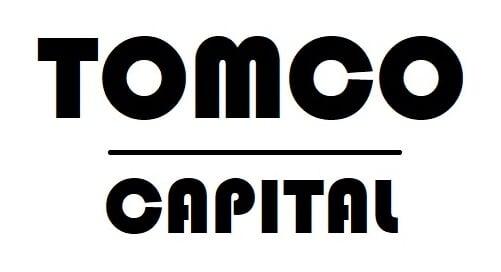
At Tomco Capital, we believe culture is EVERYTHING. It’s the foundation for how we work, make decisions, and ultimately grow as a business. The thing is, every company has a culture, whether by design or by default. And if you’re not intentionally crafting it, chances are, you’ll end up with something that doesn’t align with your values—and worse, doesn’t serve your business or your people.
What Does “Culture by Design” Mean?
For us, culture isn’t about ping-pong tables or casual Fridays. It’s about fostering an environment where people genuinely enjoy coming to work and are empowered to do their best.
Here’s what “culture by design” looks like at Tomco Capital:
- People first. Always. Not profit, not product, not revenue.
- Work to live, not the other way around. We believe personal life comes first—our work should support and enhance it, not dominate it.
- Location and time independence. Team members work when and where they feel most comfortable, whether that’s at a coffee shop, on a pool deck, or at home.
We don’t track hours, count keystrokes, or obsess over “clocking in.” Instead, we measure progress toward goals. Responsibilities are delegated, not tasks. People are trusted to experiment, make mistakes, and learn. And when challenges pop up, we address them directly with honesty and transparency.
The Pitfalls of Default Culture
A culture by default is what happens when leaders ignore the importance of culture. You might see:
- A team burnt out by unrealistic expectations.
- Toxic behaviors that spread unchecked.
- A disconnect between the company’s stated values and its daily operations.
We’ve seen this firsthand. For example, some customers have tried to exploit our generous trial offers or demanded custom solutions without wanting to pay for them. These unreasonable demands put unnecessary stress on our team. Instead of bending to this pressure, we chose to part ways. Difficult customers can disrupt a healthy culture just as much as a poorly aligned team member.
How We Built a People-First Culture
Here’s how we intentionally designed a culture that works for us:
1. Define Your Core Values
Our culture starts with clear values:
- People come first.
- Work is flexible, but progress is always tracked.
- Transparency and trust guide all interactions.
Every decision—whether it’s hiring, taking on a new customer, or developing a product—is measured against these principles.
2. Hire for Cultural Fit
We’ve built a hiring process that works: Interview for skills, hire for experience, and keep for culture. Skills can be taught, and experience is valuable, but a bad cultural fit can derail an entire team. One negative attitude, one disengaged team member, or one unappreciative customer can infect your business quickly. We cut these issues out fast.
Want to learn more about our approach? Check out our blog post: How I Built a Top-Notch Team for a Small, Unknown Company.
3. Lead by Example
As a leader, I measure every business decision against its potential impact on our team. I’m fiercely protective of our morale and culture. Whether it’s a new policy or a customer request, if it doesn’t align with our values, we say no.
4. Maintain Flexibility with Accountability
We allow our team to prioritize life’s challenges without micromanaging. Need to take an afternoon off for a doctor’s appointment? No problem. Want a long lunch with a friend? Enjoy. Our team knows they’re trusted to get the job done on their own terms. Progress is tracked through clearly defined metrics, ensuring accountability without sacrificing flexibility.
Scaling Culture as You Grow
Maintaining culture during growth is one of the hardest challenges. Here’s how we handle it:
- Reinforce culture constantly. We take time for “non-business” activities like virtual happy hours, silly lunch-and-learn sessions, and celebratory gifts for birthdays or anniversaries.
- Instill culture in leadership. As our team grows, managers and leaders play a critical role in carrying our culture forward. They set the tone for new hires and ensure alignment across the team.
What We’ve Learned About Culture
What We’ve Learned About Culture
Over the years, I’ve learned two key lessons about culture:
Be decisive. If it starts hard, it ends hard. When a team member, customer, or policy doesn’t align with your culture, it’s better to address it immediately. Dragging it out only causes further stress and disrupts the team. This principle is one of my 12 Rules for Business Success—a framework that has guided my decision-making throughout my career.
Culture isn’t optional. If you don’t intentionally design your culture, you’ll end up with one by default—and it likely won’t serve your goals.
Advice for Entrepreneurs
Advice for Entrepreneurs
If there’s one piece of advice I can give, it’s this: Spend an extraordinary amount of time and effort on building your culture. The rewards? A healthy business, a happy team, and a company where people say, “I get to go to work,” instead of, “I have to go to work.”
Culture is everything. Design it wisely.
